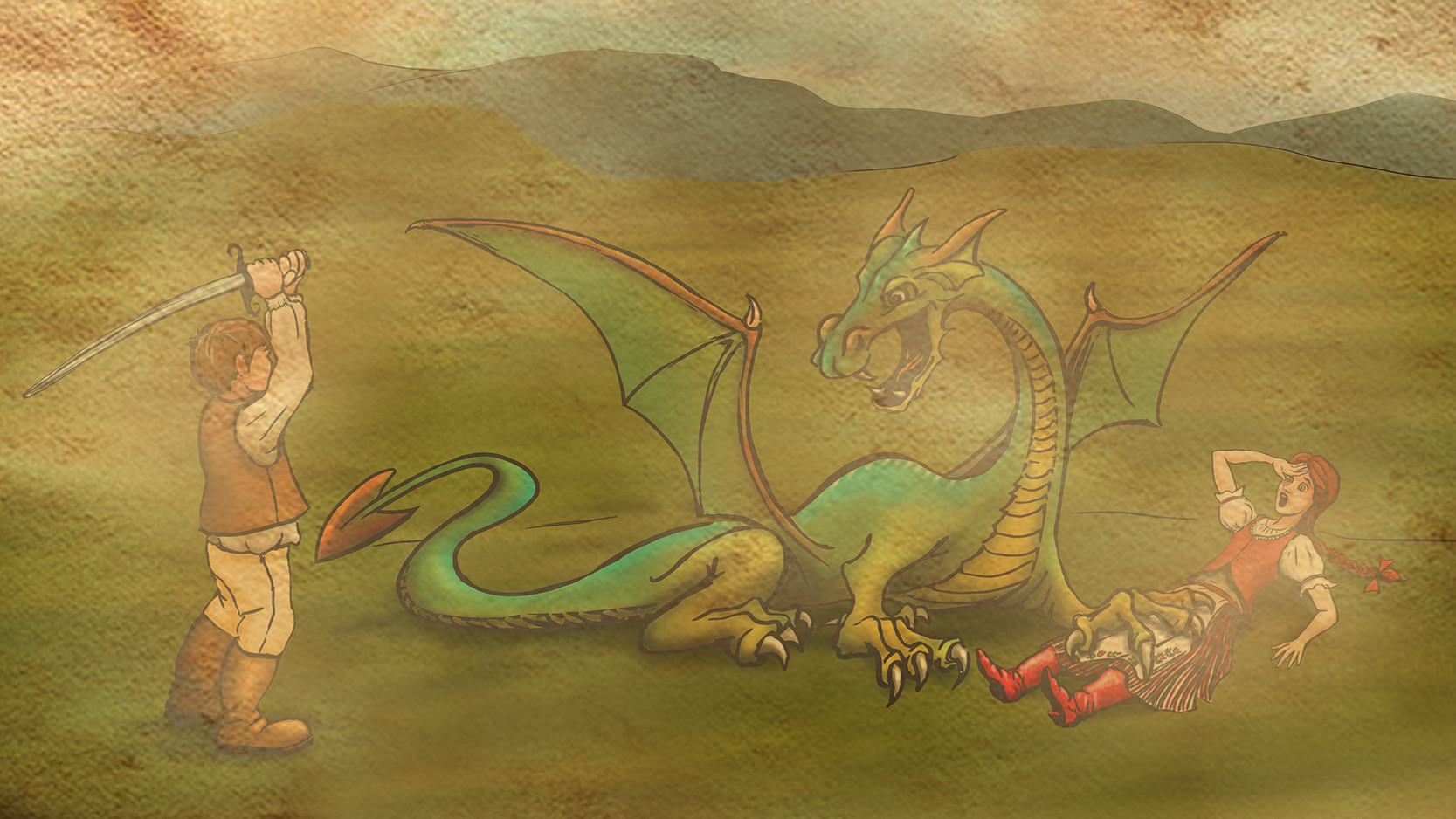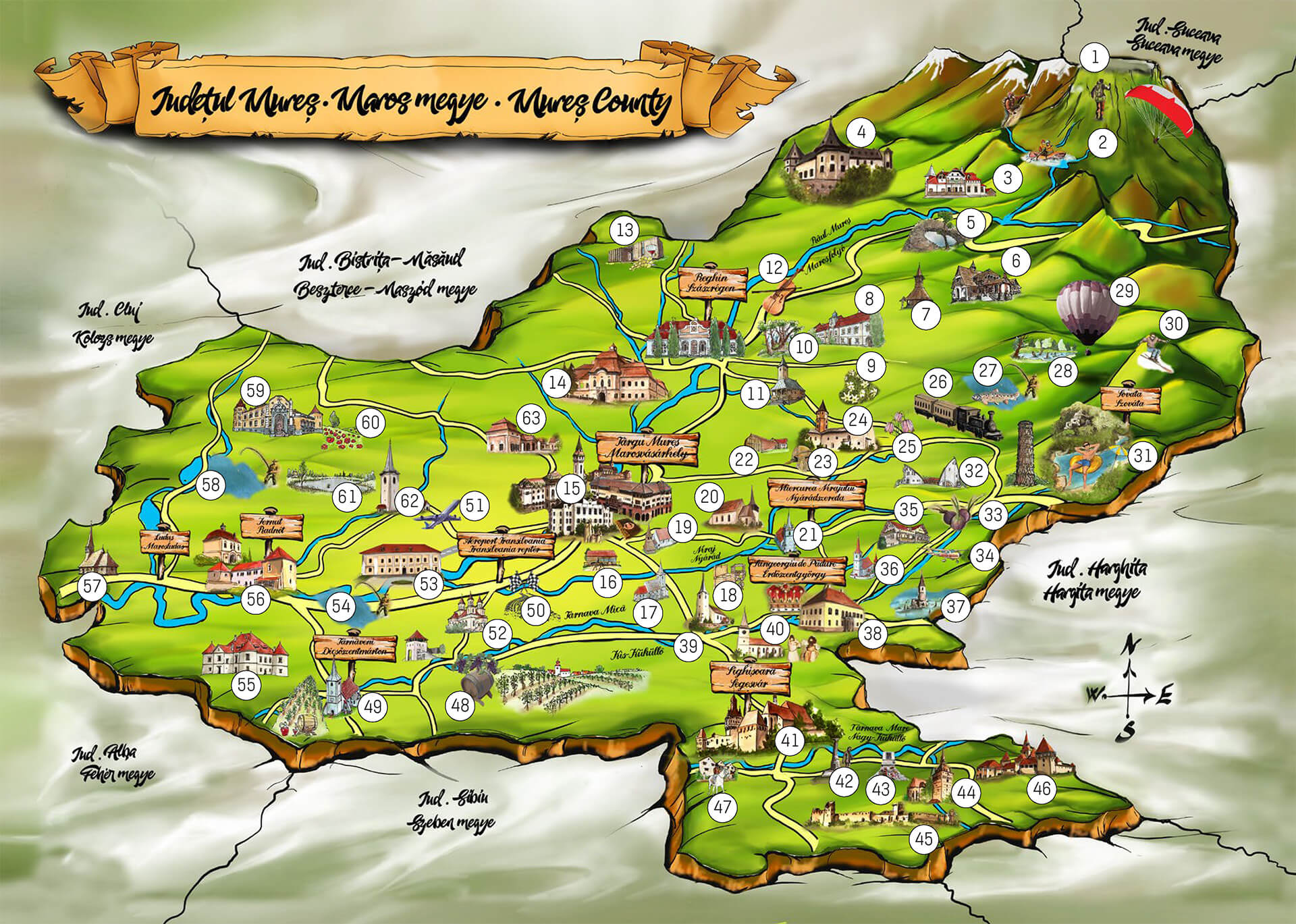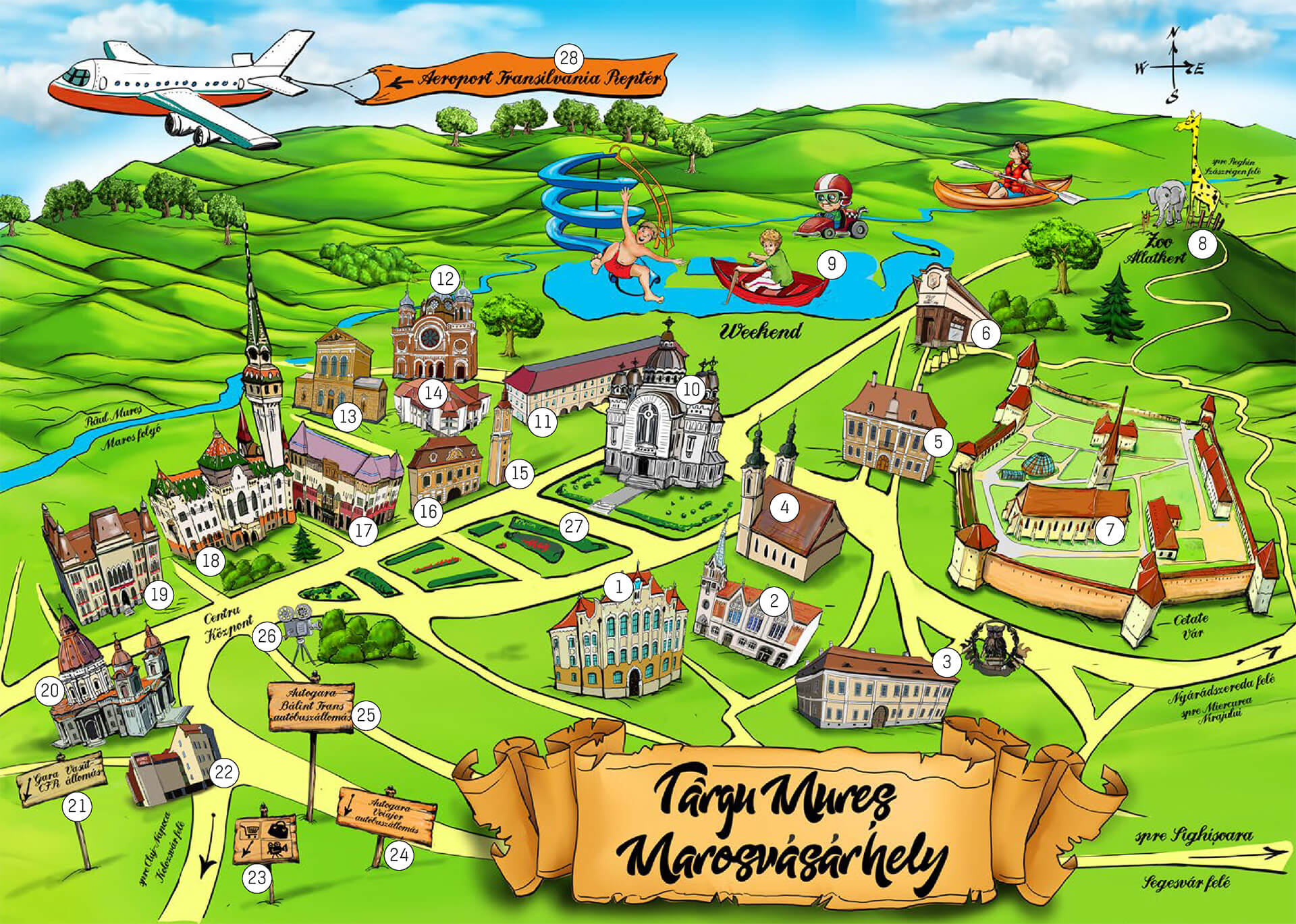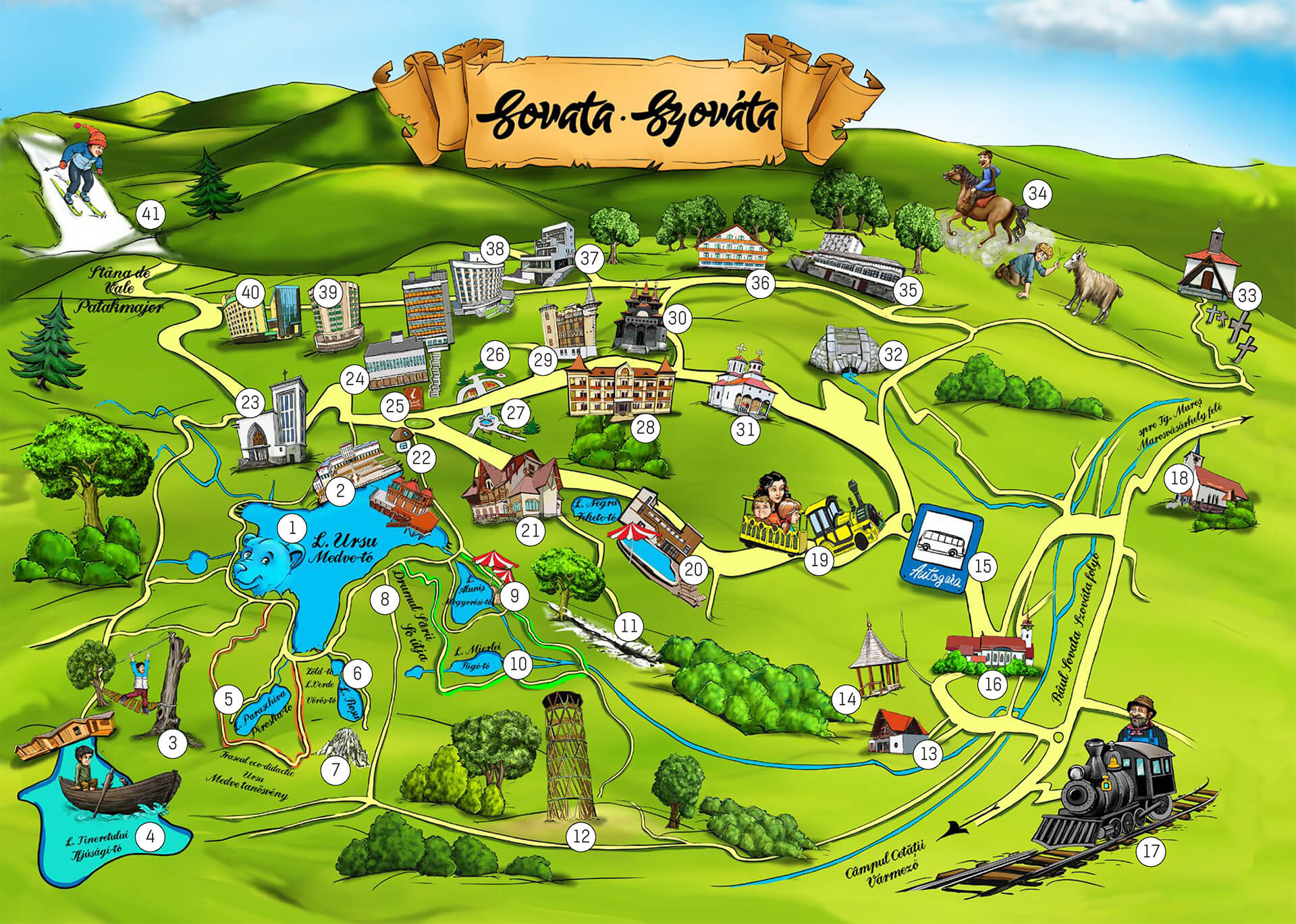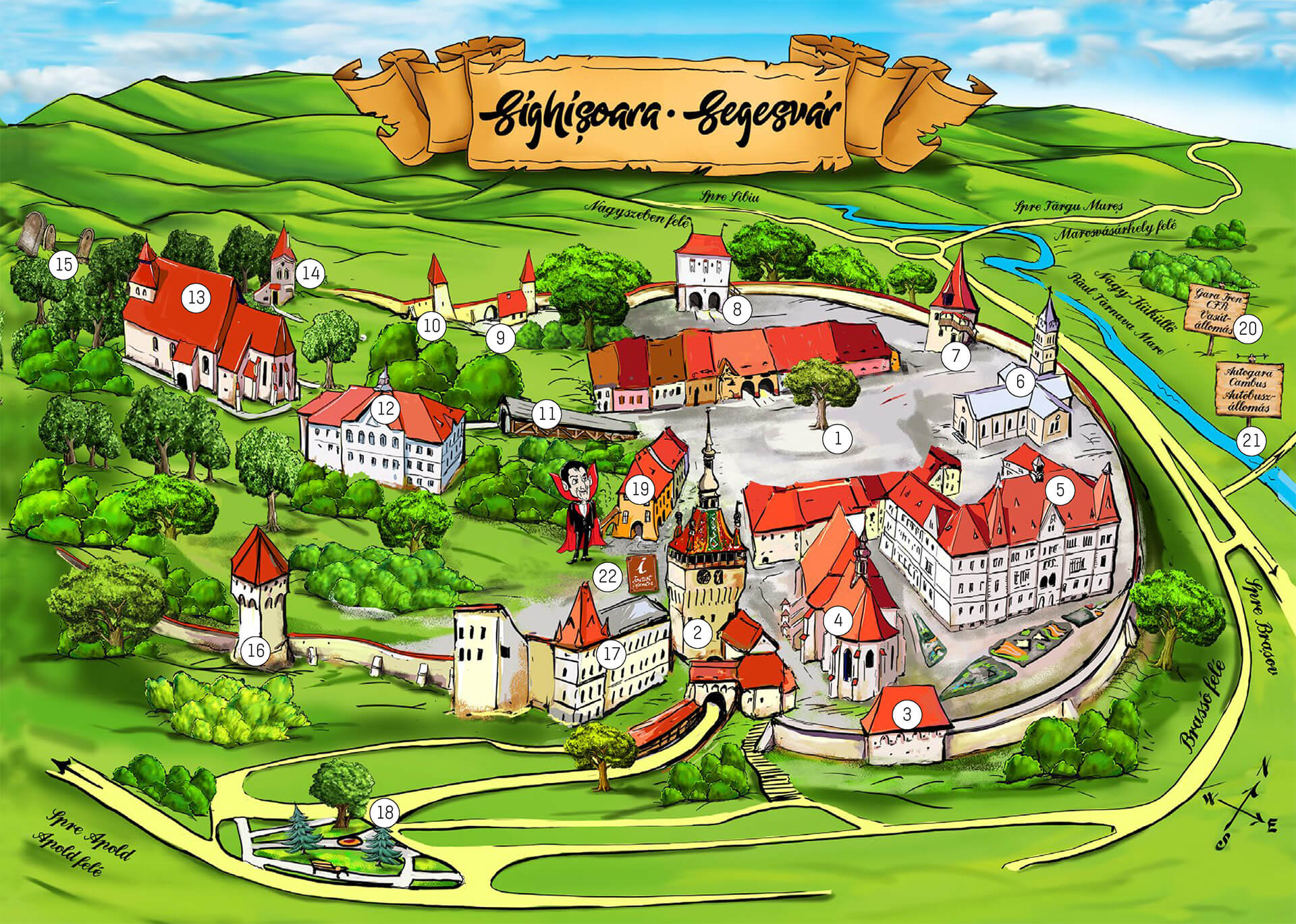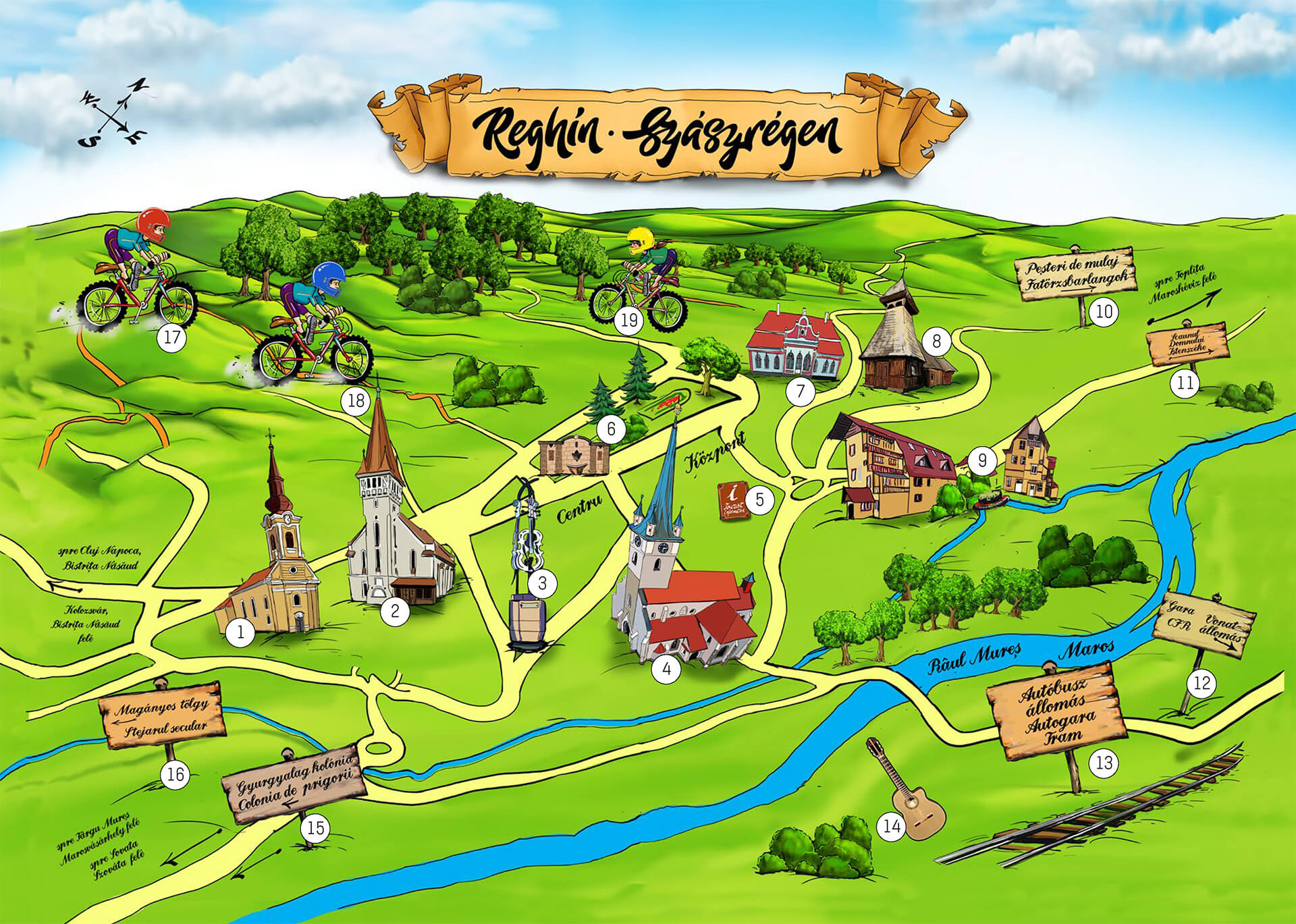
Daru's Hill - Gorneşti
The name of the village on the Mureş is probably derived from the word gernye that means wizened tree: the settlers desiccated the surrounding forests to establish the settlement. Some of the locations in Gernyeszeg still have unique names with meaning that are linked to legends and myths. For example, Darudombja, which tells us that there were two bulls there - one called Daru, he lost the fight. The animal was buried on that hill and bears its name ever since. The highest point of the village was called the Lords' Table - this traces back to the old times when the one-time lord hunted with his friends. On the top of the hill were wooden tables and chairs, where the hunters rested and had lunch there. The young men in the village were the drivers: they could not sit at the Lord's table, but they received fresh loaves and wine for help. Another part of Gernyeszeg was called the Horse Garden - it used to be a spacious meadow where horses, foals were grazing, and the barn was also there. The villagers gradually bought the area, but the name remained. If we go to Gernyeszeg, we have to visit two buildings by all means. One of them is the Gothic-style Reformed Church in the Middle Ages in the center of the village, which was transformed several times over the centuries, but its impressive sight dominates the village center even today. Its big bell is from 1456. At that time, the village was owned by the Erdélyi family from Somkerék and later became the property of the Teleki family. The other famous Gernyeszeg building is the former castle, which was rebuilt in 1686 by Chancellor Mihály Teleki. Similarly to the Bethlen Castle in Mezőzáh, this building was designed with numerology, with 52 rooms and 365 windows. Sámuel Teleki, a famous African researcher of the Teleki family, held a remarkable collection and library in this castle, but these were destroyed in the warlike periods of the 20th century, only part of them were saved and handed over to the Teleki Library in Marosvásárhely. After its nationalization, it was reclaimed and renovated, and today it gives home to successful events. The Baroque-style castle park is decorated with the statues of mythological figures. Tourists visiting Gernyeszeg can take part in the castle day which takes place in the castle park, gaining in popularity from one year to another. Tourists can not only enter the imposing Baroque building complex, but can also be engaged in events both for children and adults. The renovated and well-functioning Gernyeszegi Castle gives home to an artist colony and a chamber music festival every year. If we have admired the Reformed Church and the Teleki Castle, we can go to the Lords' Table where anyone can sit down today. We don't even have to worry about meeting the horses of the Horse Garden or the bulls grazing on Darudomb.
Learn more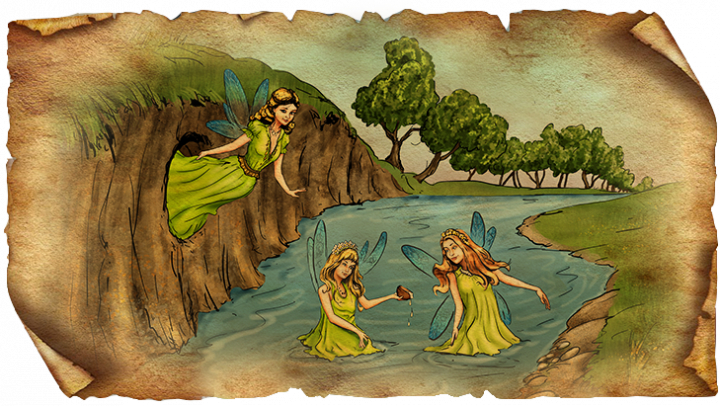
Fairy's Hole and the Friars Forest
Nagyernye lies is located on the left bank of the Maros / Mureş River, just ten kilometers from Târgu-Mureş, in the direction of Szászrégen / Reghin. There are several theories and beliefs about the origin of the small village. Some say that it can come from the word small stream, watercourse, others believe that the settlement preserved the name of Ernyei family from the Árpád-era. According to one of the legends, a nimble-minded girl, Ikla, helped to occupy Belgrade's castle, who later became the wife of a governer named György – they got also an estate on which Ikland village was established. But the Ernyei family lived near them, and Borka, the ugly daughter of the old Ernyei, fell in love with György. During his absence, she wrote untrue letters to George and Ikla, trying to instigate the lovers against each other. According to the saying, the returning György saw Ikla and the priest praying at the edge of the rock, and knowing from the letters that they had a relationship, he pushed both of them into the depths. Borka later regretted her actions, confessed the truth and committed suicide. György built a monastery on the edge of the ravine, then went on a pilgrimage trip. The place next to Nagyernye, where the monastery was probably built, is still called the Friars Forest. The myth of the snake-killing Bethlens appears also in Ernye. According to this, there was a cave on the clay-bearing bank of Maros between Nagyernye and Várhegy, which was called the Fairy Hole by the locals. It was inhabited by fairies and other fabulous creatures who went to Maros to bath at night. However, there was a giant snake in the cavity, which often carried away the passing oxen and horses. No one could destroy it until the young Count of Bethlen decided to try his luck. He climbed into the Fairy Hole, fixing his blades to his armor and helmet, and when the snake enwound him more and more, the blades cut it so the count did not have to use his weapons to win. The family is therefore called (also) the snake-killing Bethlens. István Ernyei, originating from the settlement, is mentioned in the early 1300s as the country's palatine by historical sources. The village was one of the symbols of freedom of religion in Transylvania in the late Middle Ages and in the last centuries, as it had five churches at the same time - although the Sabbatarians later migrated to Bözöd / Bezid. Mihály Apafi was appointed as the Prince of Transylvania in 1661, at the camp of Libáncsmező next to Nagyernye. In the village there were once several noble mansions. The most famous building still to be seen today is the special castle called Bálintitt, which was built in the 18th century in late Baroque style, but it was rebuilt several times in several styles. From its beautiful castle garden and pond nowadays we can see only a few old trees. Walking alongside Nagyernye, we can see today the Friar Forest, and we can see the old trees guarding the memory of jealous love. It is worth climbing up to the Fairy Hole in good weather – we will probably never see a snake.
Learn more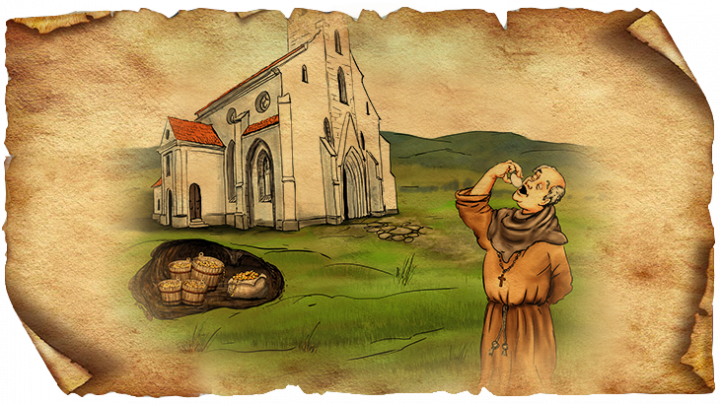
The Legend of Lőrinc Friar - Reghin
Szászrégen / Reghin, on the side of the river Maros / Mures, is the second largest settlement of the county after Marosvásárhely / Târgu Mureș, the seat of the county. The oldest and most important attraction is the Lutheran Church, to which several beliefs are attached. According to a legend, the church was originally built by a friar called Lőrinc - he was rich and thought that after completing the construction of the church, he would remain so wealthy that he could live without problems until end of life. However, the construction works consumed his reserves so that only one egg was left from his huge wealth - Lőrinc ate it and died immediately. It is a fact that on the southwest side of the church, on the wall of the St. Lawrence Chapel there is a torso that is supposed to represent St. Lawrence. According to another tradition, a large amount of treasure is hidden under one of the carved stone steps of the church, in the event that the church was destroyed: it would be possible to rebuild the house of God. The church of the city, presumably founded in King St. Ladislaus's ruling time, was actually built in the 13th century. The symbol of Szászrégen: He weathered the storms of centuries, destroyed in fire in 1708 and 1848, then the ancient Lutheran church was rebuilt by modifying the original building. As for the artistic and architectural curiosities, the evangelical church retained an early Gothic window with reliefs of human heads that probably depict Tamás Bánffy the first architect and his wife. In addition, architectural rarities include the cabin in the shrine and the coat of arms above the sacristy door, which was used as a coat of arms of the city for a long time. Not only this church is one of the most important sights in Szászrégen, although it is undoubtedly the best known. The former independent settlement, the Reformed Church of Hungary, was also built in the 13th century, and the Roman Catholic Church was built in 1781. The sculpture park here commemorates the great personalities of the Hungarian history and culture. In 1744, a Greek Catholic church was built in Magyarrégen – it is used by the Orthodox Church today, as well as the Greek Catholic Church of Szászrégen, which was completed in 1813. Until 1848, its streets, like those of other medieval Transylvanian cities, were narrow, winding. That year, however, the image of the city was "retailored". In the past, a famous ethnographic museum has been operating since the 1960s, but there is a great tradition of instrument making. Szászrégenis also called the city of violins: the Hora instrument factory was founded in 1951 by Roman Boianciuc instrument maker. If you visit Szászrégen, you can order local specialties - even eggs - in the pretty restaurants of the main square, as you can be sure that it will not happen the same as to the legendary Lőrinc friar.
Learn more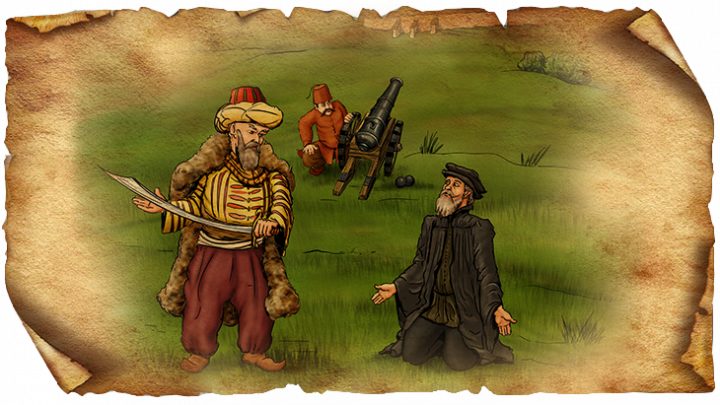
Faded stories from Voivodeni
Vajdaszentivány, south of Szászrégen / Reghin, is famous for its dances and the Zichy House and the Saté Lake. According to folk tradition, an old, fortified church was destroyed by a group of occupants during the Turkish subjection. At that time the village was called Szentiván / Saint Ivan, and its name was presumed to have been given to Bethlen Domokos from Transylvanian Voivode or Bethlen Elek Vice Voivode. During the siege of the fortress church, the defenders were led by a priest who had lived in Turkish captivity for a long time, and taught Hungarian to Ali Basha, who was at the head of the army attacking the village. The warlord priest instructed the defenders to keep the patrols out of battle, only to signal the arrival of the cavalry and the Turkish corps following them. The patrols, however, did not listen to him: they attacked the cavalry and killed three of them - for that reason Ali started to canon the church and won the battle. He offered mercy to his former teacher, but this was rejected by the priest, so he also fell victim to the destruction of the Turks. The people who died in the battle were buried on the hill of the destroyed sanctuary, and a stone plate keeps their memory green on the wall of the new church. The church of Voivodeni was probably built in the 13-14th century. It was rebuilt over the centuries, and transformed from Roman Catholic to Reformed, as many churches in Transylvania and Hungary. At the end of the 1700s, and in 1829, a fire destroyed the settlement, which made again necessary the rebuilding of the church. There is no doubt that for tourists the much-visited church is one of the top attractions in Vajdaszentivány. The other important facility is the Zichy Castle, which was built in the age of the church reconstruction, in the 18th century and at the turn of the 19th century, as evidenced by its building style. The castle consists of two main parts: a monumental, arcade-lined porch wing with classicist style features, and a so-called baroque-style building with column halls with tympanum. The building was originally owned by the Bethlens, and then became the property of János Kemény, until finally the Zichy family bought it at the end of the 19th century. It was nationalized in the period of communism, and it was renovated two decades after the regime change, and a cultural center was established there. One of the most famous events of Vajdaszentivány is the dance camp organized annualy since 1997, where many folk and folk dance lovers come from abroad - not only to learn the characteristic and unique dance of Vajdaszentivány, but also to admire the picturesque buildings and its surroundings.
Learn more